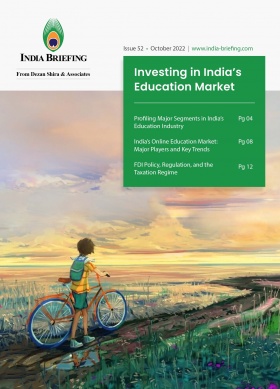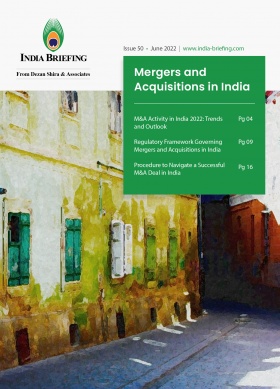India’s Retail Digital Rupee: Pilot Launch from December 1
India is piloting the retail digital rupee among closed user groups in four cities in the first phase – Mumbai, New Delhi, Bengaluru, and Bhubaneshwar – with four banks participating, namely State Bank of India, ICICI Bank, Yes Bank, and IDFC First Bank. More cities and banks will subsequently participate.
India launched its pilot roll-out of the retail digital rupee (e₹-R) exactly a month after the piloting the digital rupee for use in the wholesale segment (e₹-W). The central bank, Reserve Bank of India (RBI), notified the pilot launch of the e₹-R on November 29, 2022.
The RBI has said that the scope of the pilot launch will be gradually expanded to “include more banks, users, and locations as needed”. The RBI is also exploring whether digital payments can be made offline.
Who can use the retail digital rupee?
The retail digital rupee is being piloted amid closed user groups (CUGs) of customers and merchants across four cities in India – Mumbai, New Delhi, Bengaluru, and Bhubaneshwar. Later the e₹-R will be extended to the cities of Ahmedabad, Gangtok, Guwahati, Hyderabad, Indore, Shimla, Patna, Lucknow, and Kochi.
Which banks are participating in the distribution of the retail digital rupee and its payment services?
The participating banks in the first phase are State Bank of India, ICICI Bank, Yes Bank, and IDFC First Bank. Four more banks will join the pilot in due course – Bank of Baroda, Union Bank of India, HDFC Bank, and Kotak Mahindra Bank.
How does the digital rupee function?
The digital rupee is a central bank digital currency (CBDC) and therefore an electronic form of sovereign currency. As a direct liability of the RBI, the retail digital rupee will provide access to safe money for payments and settlement.
In its October 7 concept note, the RBI proposed a token-based tiered architecture model for the retail digital rupee – like banknotes – which means whomsoever holds it is presumed to be its owner. In a token-based system, the person receiving a token will be able to verify the authenticity of their ownership.
The concept note proposed a two-tier distribution model. The RBI will issue and redeem the retail digital rupee and the banks will facilitate distribution and payment services. This is similar to the management of physical cash in the monetary system whereby banks oversee the distribution of banknotes, KYC and anti-money laundering checks, verification of transactions, etc.
How can users make transactions using the e₹-R?
Users of e₹-R can make transactions using a digital wallet offered by the participating banks and stored on their mobile phones. The e₹-R will be issued by the RBI in the same denominations as the physical cash and coin rupees.
However, the e₹-R will not earn any interest but can be converted to other forms of money like deposits with the participating banks.
The CBDC is different from the unified payments interface (UPI), which uses existing bank account balance while the CBDC or digital rupees are stored in a digital wallet.
The RBI explains that e₹-R transactions can be person-to-person (P2P) or person-to-merchants (P2M). “Payments to merchants can be made using QR codes displayed at merchant locations. The e₹-R would offer features of physical cash like trust, safety, and settlement finality. As in the case of cash, it will not earn any interest and can be converted to other forms of money, like deposits with banks,” said the RBI.
About Us
India Briefing is produced by Dezan Shira & Associates. The firm assists foreign investors throughout Asia from offices across the world, including in Delhi and Mumbai. Readers may write to india@dezshira.com for more support on doing business in in India.
We also maintain offices or have alliance partners assisting foreign investors in Indonesia, Singapore, Vietnam, Philippines, Malaysia, Thailand, Italy, Germany, and the United States, in addition to practices in Bangladesh and Russia.
- Previous Article India-Australia ECTA to Enter into Force December 29, 2022
- Next Article Investing in India’s Education Market: FDI Policy, Regulation, and Taxation








